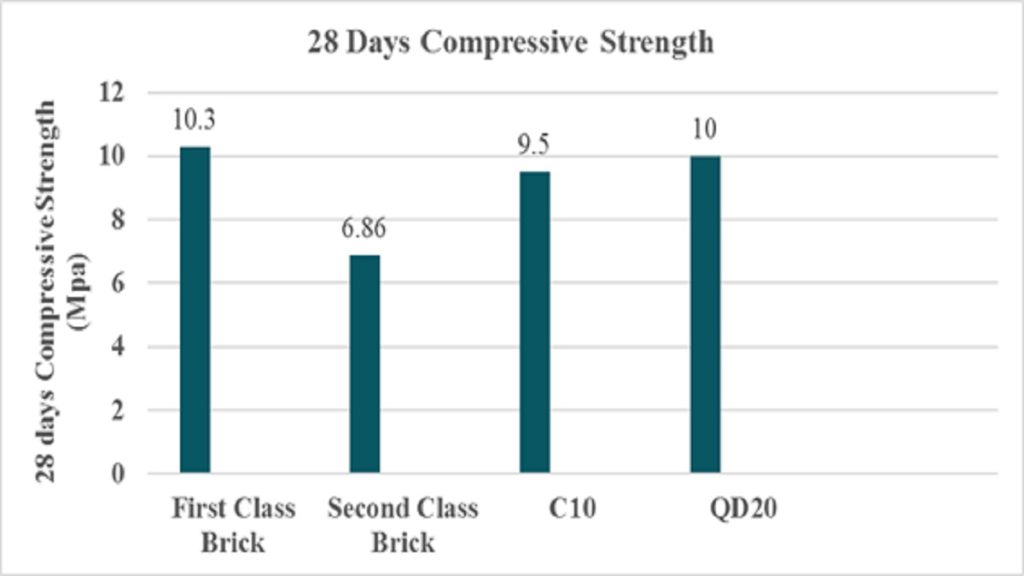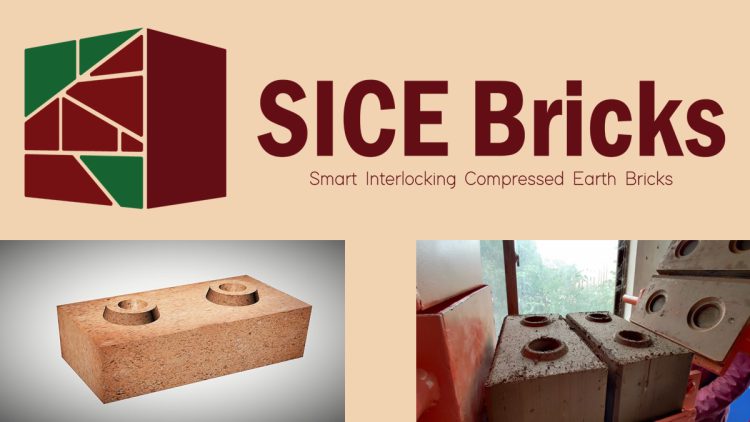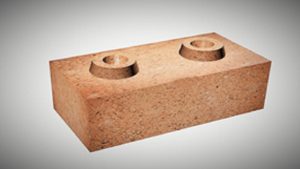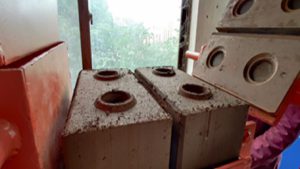 Bricks are being used in construction of buildings and houses for years around the world and masonry structures are constructed since ancient times. Escalating demand from residential housing market has benefited bricks manufacturer during the recent years and different types of bricks manufacturing over a period are distinguished by mixture of materials with less chemical reactions which are degrading by environmental effects. Despite being most used construction material, brick manufacturing has become the cause of 20% of global black carbon emission. The statistics states that 90% production of bricks is concentrated in China, India, Bangladesh, and Pakistan with Pakistan ranked at third position. The main environmental issue concerned with burnt bricks is carbon dioxide emission because of burning of fuels thus it also contributes in the rising of global temperature.
Bricks are being used in construction of buildings and houses for years around the world and masonry structures are constructed since ancient times. Escalating demand from residential housing market has benefited bricks manufacturer during the recent years and different types of bricks manufacturing over a period are distinguished by mixture of materials with less chemical reactions which are degrading by environmental effects. Despite being most used construction material, brick manufacturing has become the cause of 20% of global black carbon emission. The statistics states that 90% production of bricks is concentrated in China, India, Bangladesh, and Pakistan with Pakistan ranked at third position. The main environmental issue concerned with burnt bricks is carbon dioxide emission because of burning of fuels thus it also contributes in the rising of global temperature.
Aside from environmental effects, conventional bricks although stronger in compression, but are weaker in shear and seismic activity and major destruction has been observed to masonry structures in past due to earthquakes owing to their lesser resilience against cyclic loading.
A research study was conducted by Dr. Rao Arsalan Khushnood and his students to develop the “Carbon dioxide Inhaling Bio Healable Interlocking Compressed Earth Bricks”.
Figure 1: CO2 Inhaling Bio Healable Interlocking Compressed Earth Bricks
The present invention discloses the development and composition of interlocking compressed earth bricks owing adequate structural strength by entailing indigenous bacteria of the soil with dominant strains of Bacillus safensis, Bacillus pumilus, Arthrobacter koreensis and Arthrobacter luteolus. The biological active bricks attained compressive stiffness of 10 MPa as provided by the first class burnt brick without challenging the environment with excessive carbon emissions.

Added attributes include enhancements in strength to weight ratio, water absorption value, thermal conductivity and component level strength. Strength to weight ratio of the proposed interlocking compressed earth bricks was found to be 20% more than first class burnt bricks results in more strength at lesser weight. The water absorption value of the proposed ICEBs was found remarkably reduced from the burnt bricks with 20% in case of first class burnt bricks and 8.5% in case of our proposed ICEBs. Thermal conductivity of our proposed interlocking compressed earth bricks was found as 0.5 W/ m K which is less than the thermal conductivity of the first class burnt bricks that is 0.6 W/ m K results in the construction of houses made from these Interlocking Compressed Earth Bricks that are more thermally efficient as well as energy conservative. Prism compressive strength of the proposed Interlocking compressed earth bricks was also found better than the masonry prism with 1.5 MPa in case of our ICEBs without the use of mortar layer in between and 1.25 MPa in case of burnt bricks with mortar. Micro Numerical modelling was also done on ABAQUS to predict the behavior of wallet made from our proposed interlocking compressed earth brick and component level properties were successfully attained, validated from literature. The invented brick can autonomously heal cracks up to 2.5mm width using Microbially Induced Calcite Precipitation with a regained strength by 65% of the ultimate value.

The author is HoD Research at Structures Department, School of Civil and Environmental Engineering, National University of Sciences & Technology (NUST). He can be reached at arsalan.khushnood@nice.nust.edu.pk.
Author’s Research Profile: https://scholar.google.com.pk/citations?user=amqbrlIAAAAJ&hl=en 






